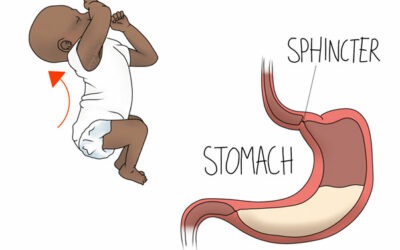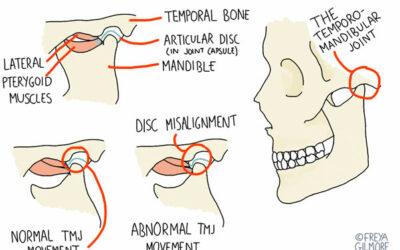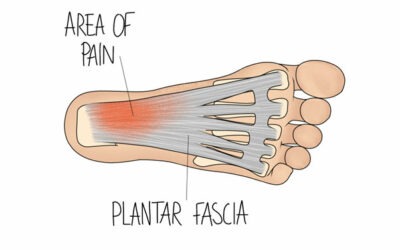
The mountains are calling…
And we can see the appeal; a day on the slopes can contribute to a healthy mind and body. Many of our patients and practitioners regularly ski, so we thought now was a good time to give you some information about common injuries and how to avoid them.
Some common injuries …
Anterior Cruciate Ligament (ACL) rupture
Occurs when the skier is in the “back seat”, and catches an inside edge which causes the knee to twist beyond its normal range of motion. A pop in the knee is felt, and the joint gives way. There is usually an immediate pang of pain, but it’s the resulting instability of the affected leg that can prove debilitating. The knee will swell significantly, taking a few weeks to return to normal.
Concussion
A fall to the head can result in concussion. The skier may feel drowsy, weakness in arms or legs, vomiting, and/or confused.
Medial Collateral Ligament injuries
Damage to this ligament can occur when force is applied to the side of the knee while it’s bent. It most commonly occurs when a skier is snow ploughing and they fall over without a change in body position. A pain is felt on the inside of the joint, followed by swelling and bruising.
Shoulder dislocation
Often the result of falling directly onto the shoulder joint, or onto an outstretched hand. There may be swelling in front of the shoulder, along with a persistent ache and a feeling of looseness. The shoulder will quickly need to be replaced back into the joint by a medical professional.
Skier’s thumb
Occurs when the skier falls with a pole in their hand. The pole applies force across the joint, putting ligaments at strain. The ligament can tear partially or completely. This can cause tenderness in the joint area. If the ligament tears completely then it may not be very painful, but it can open the joint up, and treatment is needed.
Common causes of injury …
Time spent on the slopes without a rest.
Skiing above your skill level.
Going off-piste.
Dehydration and fatigue.
Ski equipment is a very important topic where injury is concerned:
Poorly fitting boots mean poor foot mechanics and subsequent foot pain. The most common mistake skiers make is wearing boots that are too big, you want to avoid your heel rising in the boot.
Setting bindings too tight – carefully set bindings based on your height, weight and skiing ability. This will decrease the chance of knee ligament injury.
Check the width of your skis – if they are too wide, it is more difficult to turn and guide them down a slope.
Wear a helmet – although there is no clear data to support its reduction in head injuries, a helmet can be beneficial in collisions.
Avoiding these injuries …
Focus on overall body fitness, balance, and coordination before you hit the slopes.
Check your equipment.
Warm up before you begin.
Drink plenty of water.
We recommend that 2-3 months before skiing, you ask your practitioner to provide you with individually tailored exercises that can help prevent such injuries from occurring.
If you would like to be seen by one of our osteopaths, or if you have any further questions, then please get in touch with us. You can call us on 0113 237 1173 or email info@goodhealthcentre.co.uk, and we will get back to you promptly.



0 Comments